In the rapidly evolving world of digital experiences, capturing and maintaining user attention is becoming increasingly challenging. With an abundance of options available at users’ fingertips, the need to stand out has never been more critical. While the core tenets of functionality, usability, and accessibility remain foundational to UX design, there is a growing recognition of the importance of emotional engagement. In this context, humor emerges as a powerful, yet often underappreciated, tool that can significantly enhance user experiences. Humor in UX design not only makes interactions more enjoyable but also deepens user engagement, fosters brand loyalty, and can even improve user retention rates by making products more memorable.
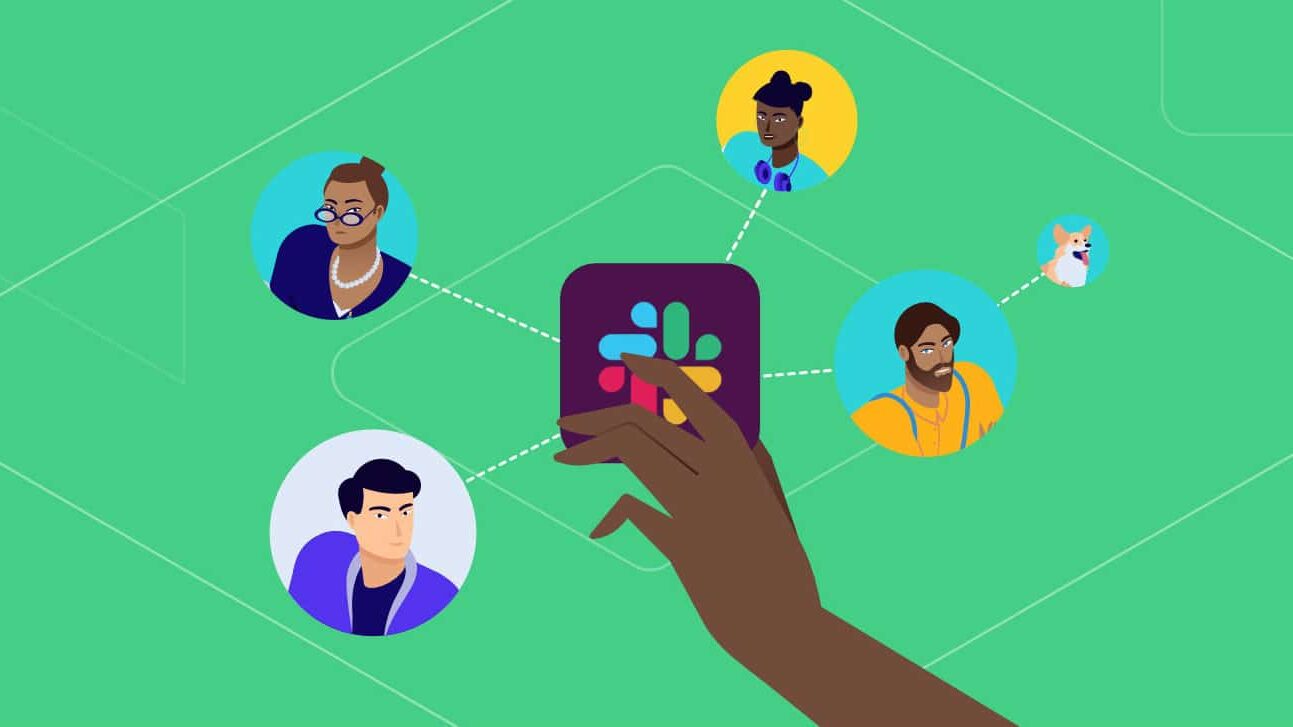
The Psychological Impact of Humor: Why Laughter Matters
Humor is a universal language that transcends cultural and demographic boundaries. At its core, humor is about connecting with others on an emotional level, and this connection is precisely what makes it such a potent tool in UX design. When users encounter humor in a digital product, it can create an immediate positive emotional response, which in turn fosters a deeper connection with the product. This positive emotional response is not just a fleeting moment of amusement—it can have lasting effects on how users perceive and interact with a product.
Scientifically, humor has been shown to trigger the release of endorphins, the body’s natural feel-good chemicals. These endorphins promote a sense of well-being and happiness, making users more inclined to engage with a product and explore its features. Furthermore, humor can act as a cognitive break, giving users a moment of mental relaxation that can reduce stress and frustration. For example, a cleverly worded error message can transform an annoying glitch into a lighthearted moment, making the user more forgiving of the issue. In this way, humor not only enhances the user experience but also plays a role in damage control, turning potentially negative experiences into opportunities for positive engagement.
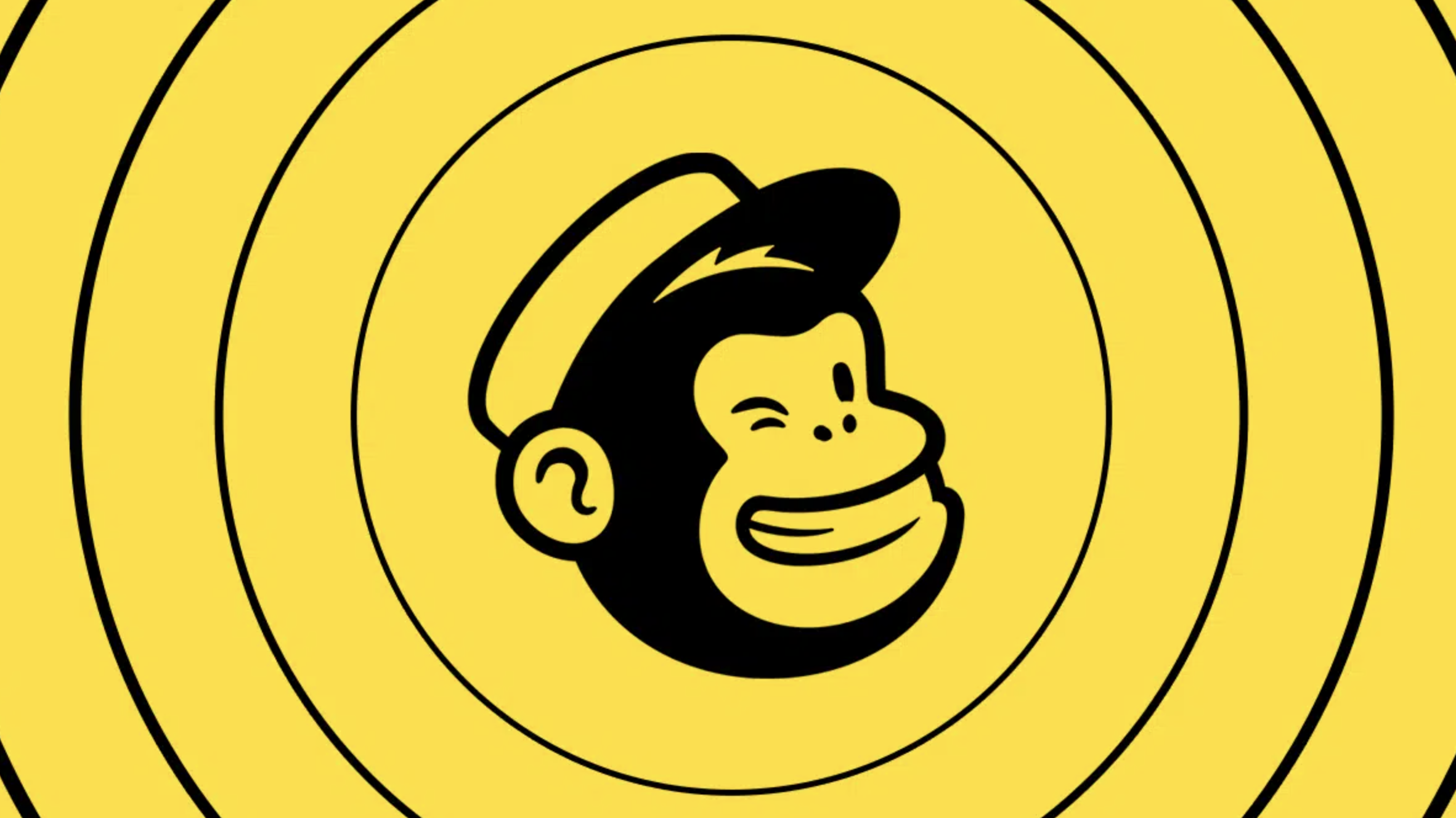
Types of Humor in UX Design: Choosing the Right Approach
While humor can be a powerful tool, it’s important to remember that not all humor is created equal. The effectiveness of humor in UX design depends on several factors, including the brand’s personality, the target audience, and the context in which the humor is used. There are several different types of humor that designers can incorporate into their work, each with its own strengths and potential pitfalls.
Wordplay and Puns
Clever wordplay can add a layer of sophistication to the user experience, making interactions more engaging without being intrusive. For example, a playful loading screen message like “Hang tight, we’re knitting something special for you!” can bring a smile to a user’s face during what would otherwise be a dull moment. However, it’s important to ensure that puns are easily understandable and do not rely on cultural references that might be lost on some users.
Visual Humor
Humor isn’t limited to text—visual elements can be just as effective in creating a lighthearted and enjoyable experience. Incorporating humorous illustrations or animations can make interactions more lively and engaging. For instance, a fun, unexpected animation when a user completes a task can serve as a delightful reward, reinforcing positive behavior. However, it’s essential to strike a balance so that visual humor complements the user experience rather than distracting from it.
Sarcasm and Satire
When used sparingly and appropriately, sarcasm can add an edge to a brand’s voice, making it stand out in a crowded marketplace. For example, a sarcastic error message that gently pokes fun at a common user mistake can create a moment of levity that users appreciate. However, sarcasm is a double-edged sword—it’s crucial to ensure that this type of humor aligns with the brand’s overall tone and does not alienate or offend users.
Self-Deprecating Humor
Brands that can laugh at themselves often come across as more relatable and approachable. For instance, a humorous acknowledgment of a common user frustration, paired with a solution, can build trust and rapport with users. This type of humor works well for brands that want to position themselves as humble and user-centric, but it should be used judiciously to avoid undermining user confidence in the product.
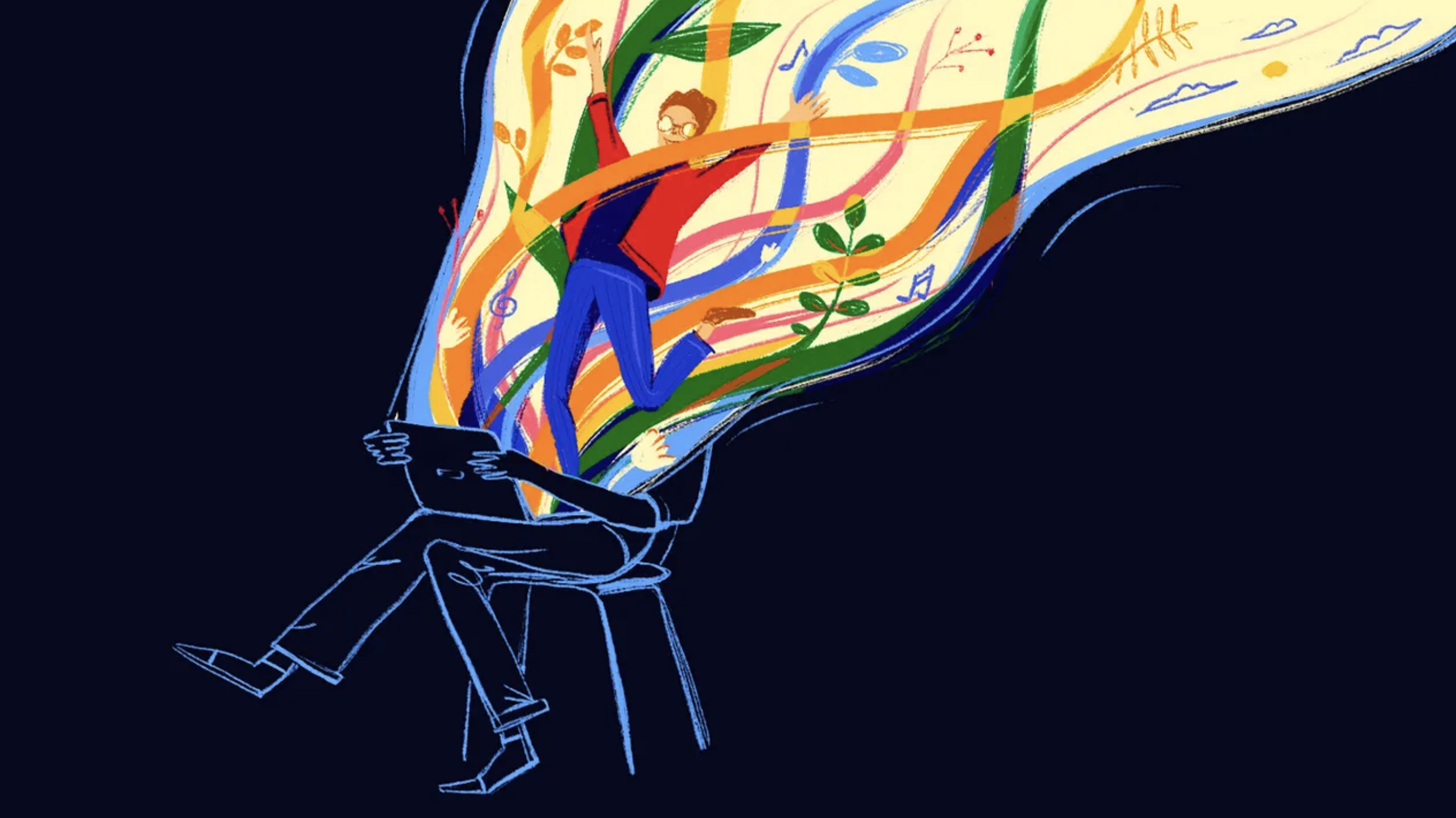
Incorporating Humor into UX Design: Best Practices for Success
While the benefits of humor in UX design are clear, its implementation requires a delicate balance. Overdoing it or using humor inappropriately can backfire, leading to confusion, frustration, or even alienation of users. To avoid these pitfalls, consider the following best practices when incorporating humor into UX design:
- Know Your Audience: The success of humor in UX design heavily depends on understanding the target audience. What might be funny to one group could be confusing or offensive to another. Conduct thorough user research to gauge what types of humor resonate with your audience. For example, a younger, tech-savvy audience might appreciate more playful and irreverent humor, while a professional or older audience might prefer something more subtle and sophisticated.
- Align with Brand Voice: Humor should be consistent with the brand’s overall tone and personality. A quirky, playful brand can get away with more lighthearted humor, while a more serious, professional brand may need to tread carefully. Consistency in tone helps to reinforce brand identity and ensures that humor enhances rather than detracts from the user experience.
- Use Humor Sparingly: Less is often more when it comes to humor in UX design. Too much humor can distract from the core functionality of the product or overwhelm users. Aim for subtle, well-placed humor that enhances the user experience without overshadowing it. Consider reserving humor for moments when it can provide the most value, such as in error messages, loading screens, or onboarding processes.
- Test and Iterate: As with any design element, testing is crucial. A/B testing different humorous elements can help determine what resonates best with users. Be prepared to iterate and adjust based on user feedback. Remember that humor is subjective, and what works for one user may not work for another, so ongoing testing and refinement are key to success.
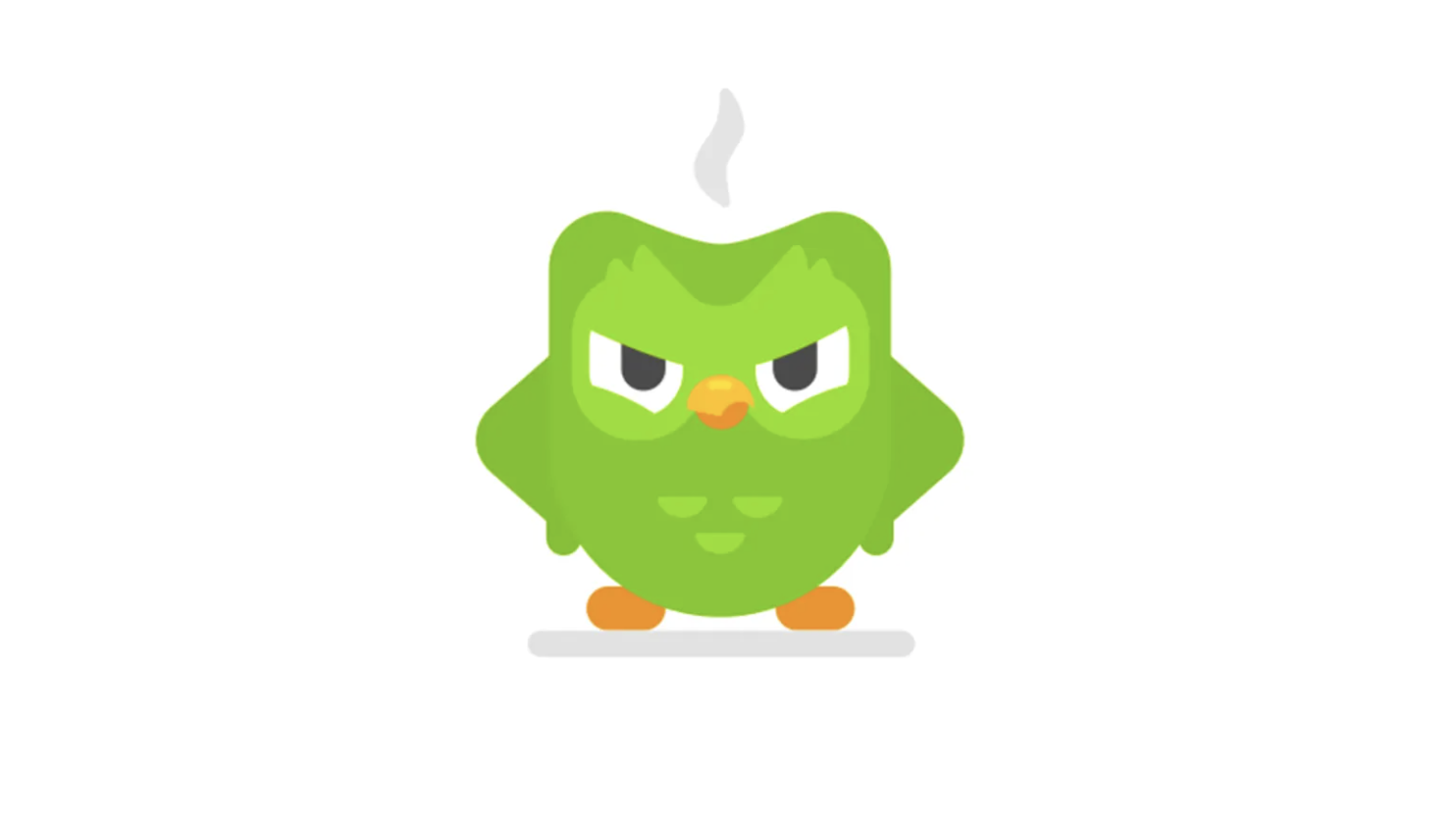
Case Studies: Brands that Nail Humor in UX Design
Several brands have successfully integrated humor into their UX design, creating delightful and memorable user experiences. Let’s take a closer look at a few examples:
Mailchimp: Known for its quirky and fun brand personality, Mailchimp uses humor throughout its user interface. From playful microcopy to whimsical illustrations, Mailchimp creates a lighthearted and enjoyable user experience that sets it apart from competitors. For example, their “High Five” message that appears after sending an email campaign is a simple yet effective use of humor that reinforces a sense of accomplishment and humanizes the digital process.
Slack: Slack’s use of humor is subtle yet effective. Its error messages and notifications often contain witty remarks that make the workday a little brighter. For instance, when Slack experiences an outage, users might see a humorous message acknowledging the issue with a lighthearted tone. This approach not only diffuses potential frustration but also reinforces Slack’s brand personality as approachable and user-friendly.
Duolingo: Duolingo’s mascot, the green owl, is a master of humor. The app uses humorous animations and playful nudges to keep users engaged in their language learning journey. For example, the owl might cheekily remind users to complete their lessons, adding a touch of humor to the experience. This approach not only makes the learning process more enjoyable but also helps build a loyal user base that feels connected to the brand on an emotional level.
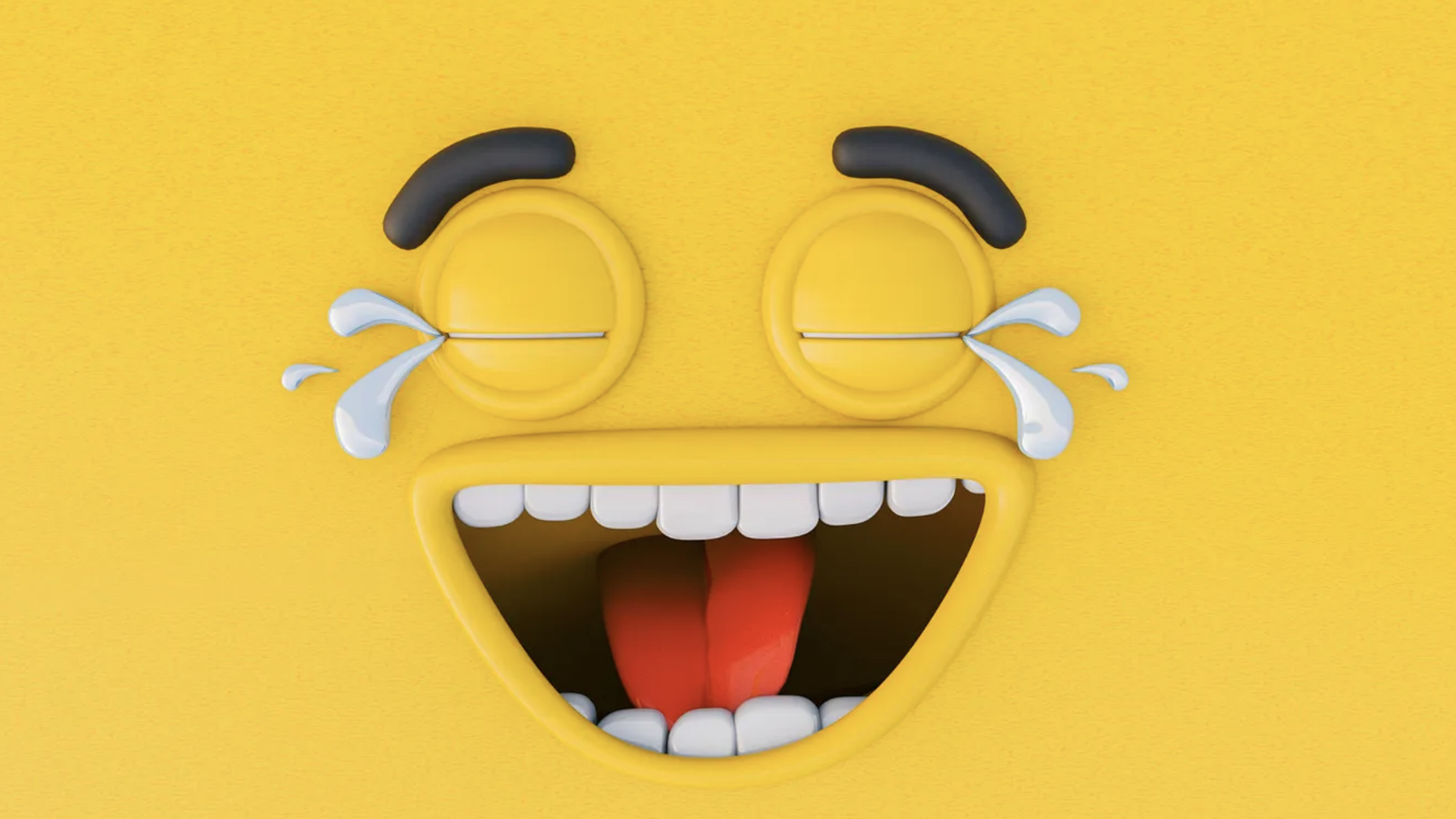
The Long-Term Benefits of Humor in UX Design
Fostering Emotional Connections
When humor is skillfully integrated into UX design, it does more than just entertain—it creates a lasting emotional connection between the user and the product. This connection can lead to higher levels of user satisfaction and brand loyalty. Users are more likely to return to a product that makes them feel good, and humor is a powerful tool for achieving this. By humanizing digital interactions, humor can turn a mundane task into an enjoyable experience, making users feel more connected to the brand. Over time, this emotional connection can translate into higher user retention and advocacy, as users are more likely to recommend a product that brings them joy.
Enhancing User Engagement
Humor has the potential to significantly enhance user engagement. When users encounter a humorous element within a product, they are more likely to share their experience with others, either through word of mouth or social media. This organic sharing can increase brand visibility and attract new users. Additionally, humor can encourage users to spend more time on a platform, exploring features and interacting with content. The more engaging the experience, the more invested users become, leading to higher retention rates. In a world where user attention is a precious commodity, humor can be a key differentiator that keeps users coming back.
Building a Distinctive Brand Identity
In an increasingly crowded digital landscape, standing out from the competition is crucial. Humor can help brands carve out a unique identity that resonates with their target audience. A brand that is known for its witty and playful UX design can differentiate itself from more conventional competitors. This distinctive identity can make the brand more memorable, leading to stronger brand recall and a more loyal user base. Ultimately, humor in UX design is not just about making users laugh—it’s about creating a user experience that is enjoyable, engaging, and unforgettable. By doing so, brands can build a lasting impression that extends beyond the digital interface and into the minds and hearts of users.
Final Thoughts: The Future of Humor in UX Design
As digital products continue to evolve, the role of humor in UX design is likely to become even more prominent. As users increasingly seek out experiences that not only meet their functional needs but also provide emotional satisfaction, humor will be a critical tool in the designer’s toolkit. However, the key to successful humor in UX design lies in understanding the audience, aligning with the brand voice, and using humor judiciously. By following these principles, designers can create user experiences that are not only functional and efficient but also joyful and memorable.
Related Posts:
The Art of Intuitive Design: Bridging Creativity and Functionality
Emotional Design in UI/UX: Crafting Interfaces that Connect with Users on a Deeper Level
Master UX Design by Integrating Psychology for Superior User Experience
Unveiling the Magic: UI vs. UX Design
